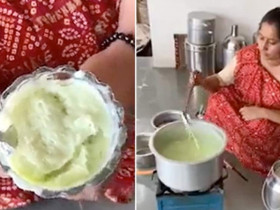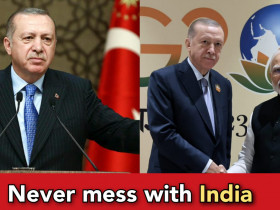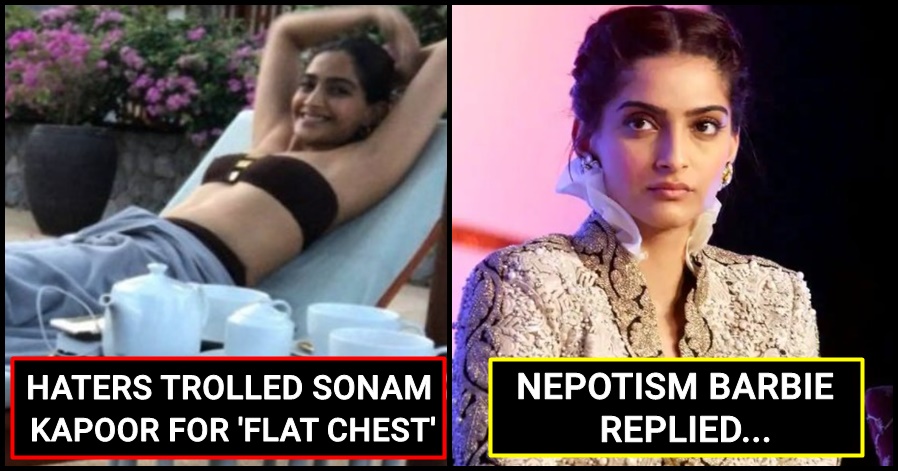“the best propaganda is not propaganda”
Soft power is the dominance of foreign culture and values of one country over the other through attraction and not coercion. Soft power cannot be brought about by bribing or threatening, Soft power is rather influential; a country might feel the need to emulate certain qualities of another country as in freedom, openness, peace, and other human rights and it further changes their perception towards politics, culture, and economy. As Joseph Nye rightly said, “Soft power is not a form of idealism or liberalism. It is simply a form of power, one way of getting desired outcomes.”
Surprisingly, India has never been talked of before in terms of Soft power despite having the largest diversity. Just as America gives the illusion of being great by portraying fancy vacations, clothes, and food in most of the Hollywood movies and romcoms, India’s soft lies in the big film industries that produce an average of 2000 films per year in many languages. The diversity in films does not only harness the lives of the urban and rural communities, but these films are also watched by other countries. Thus, Indian film industries are among the fastest-growing sectors in the world.
How does the soft power of Hollywood differ from Bollywood?
Take the example of any Superhero movie, the hero is fighting the villain, the city has to be saved while all the important decisions are taking place inside the white house parliament and it is always the President who takes the command. Thus the film is deliberately projecting the heroic image of the white house parliament into people’s minds. Most of the Indians either shift to the US for jobs, adopt foreign brands, etc because they want to instill the values of the US in their lives.
Hollywood’s perception of India is far more than what we as Indians expect. Many a time, India has been projected as a ‘poor country’. Not that India is poor but the fact about Bollywood films is that they are never taken seriously. Bollywood is obsessed with entertainment – cliché dialogues, loud costumes, dancing, singing, etc. The highly sexist nature of Indian films, where it is okay for the man to grab his heroine without consent, is very problematic, to begin with. Casual sexism doesn’t stop there; women are highly objectified in the so-called dance numbers and men are asked to take off his shirt onscreen to spice things up. Bollywood lacks narrative; except for a few, all produced are a heap of commercial garbage led by known faces to sell to the audience.
Bollywood cannot be blamed alone; Hollywood filmmakers are given financial aids, from tax shelters to cash rebates, Bollywood, on the other hand, requires the very monetary grant from the Government. Hollywood makes it possible for every director to shoot in well thought out locations and historical places, while India is still tackling for the permission rights. Bollywood is admired globally, but it is equally important for India to understand that to be taken seriously, Bollywood must get real with the audience and stop selling fake narratives.












